Editor’s note: This story was originally published in Hagerty Drivers Club magazine, in America.
Just south of London, down by the city’s other bustling airport, Gatwick, Caterham Cars beckons in the visitor with two-story-high, full-colour action pics of its retro road crabs and bright, Caterham-green arrows pointing to a glass door with the word “Welcome” in bold letters next to it. This operation doesn’t mind foot traffic.

Caterham has been dining out for over 50 years on the brilliance of Colin Chapman’s original 1957 Lotus Seven, a featherweight, cycle-wing skiff intended for trials and other forms of small-car racing. Two years after the Seven debuted, Graham Nearn started a Lotus dealer in Caterham, south of London, and became a rabid seller and advocate of Sevens.
By 1973, Lotus was ready to move on, but because nothing ever dies in Britain, Nearn acquired the production rights from Chapman and rechristened it the Caterham Seven, producing both kits and finished cars. (To read about seven reasons why Caterham’s Seven is still going strong, click here.)
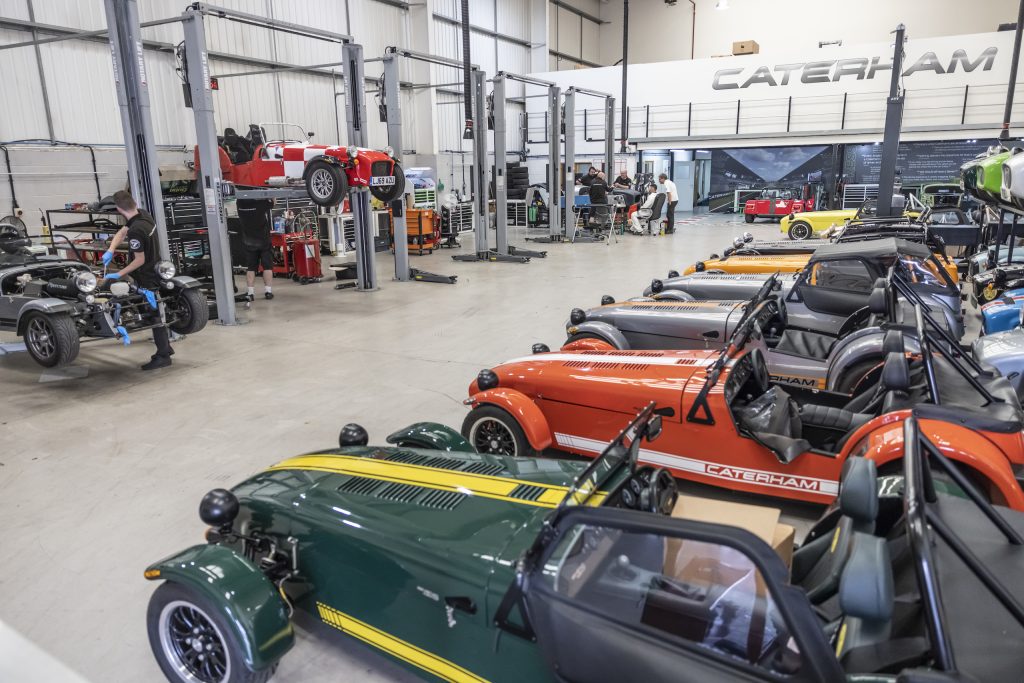
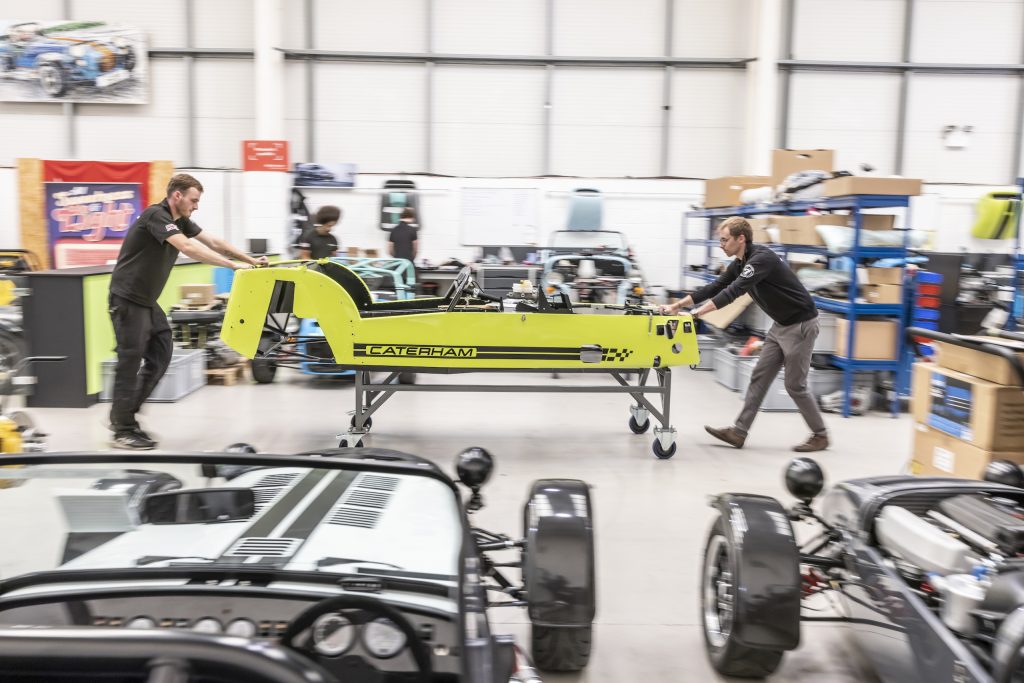
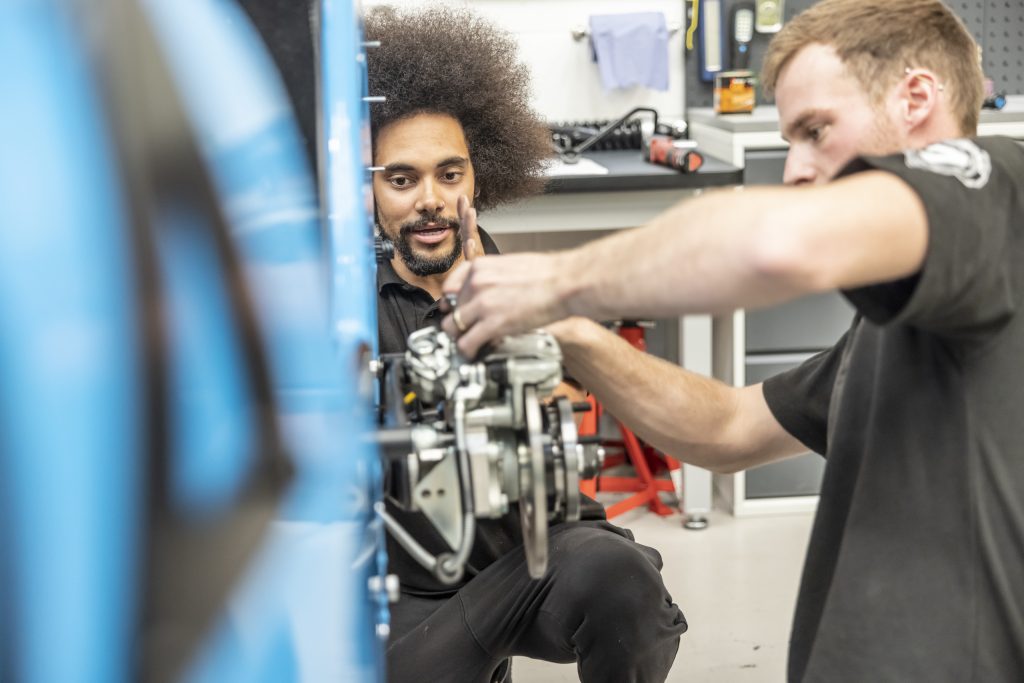
After the original factory blew down in a storm, Caterham moved to a new plant east of London and then opened the facility near Gatwick as a production site, showroom, and customer delivery and service centre. If you live anywhere in Europe, you can easily fly in, watch your Seven being worked on (or attend a course on how to assemble it yourself), and drive out. Being so accessible is one of the ways Caterham keeps its cash register humming.
Another is a driver academy it started in 1995 that today accepts 56 students per season and plugs them into an eight-event Caterham racing series. It costs £37,490 a head and is sold out through 2024. And the company licensed a Lego kit a few years ago that sold over 200,000 copies, bringing a nice return.
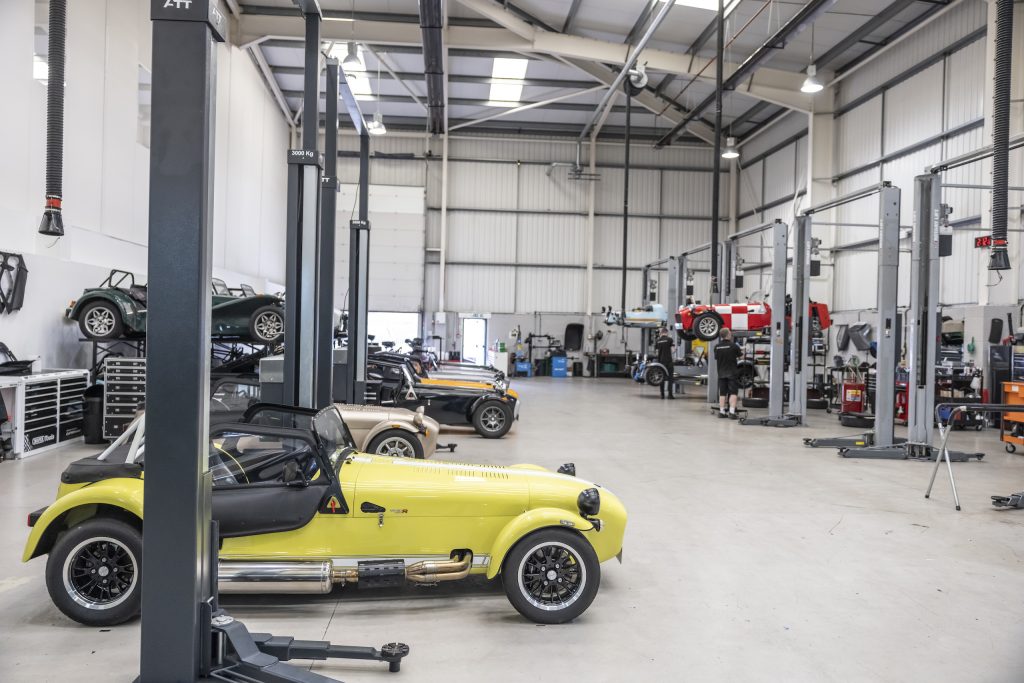
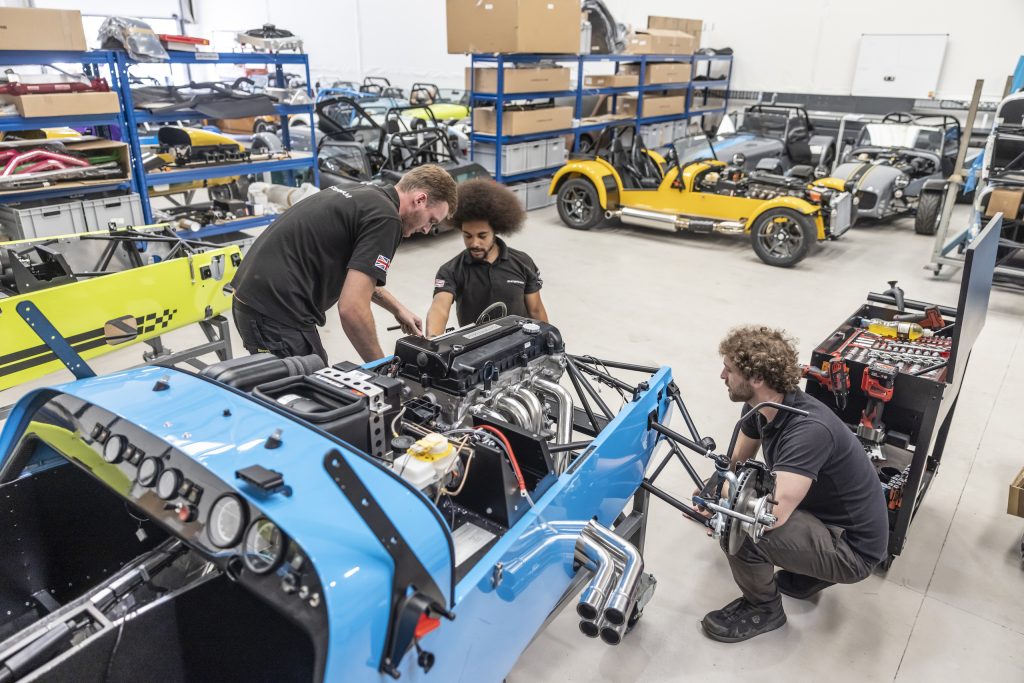
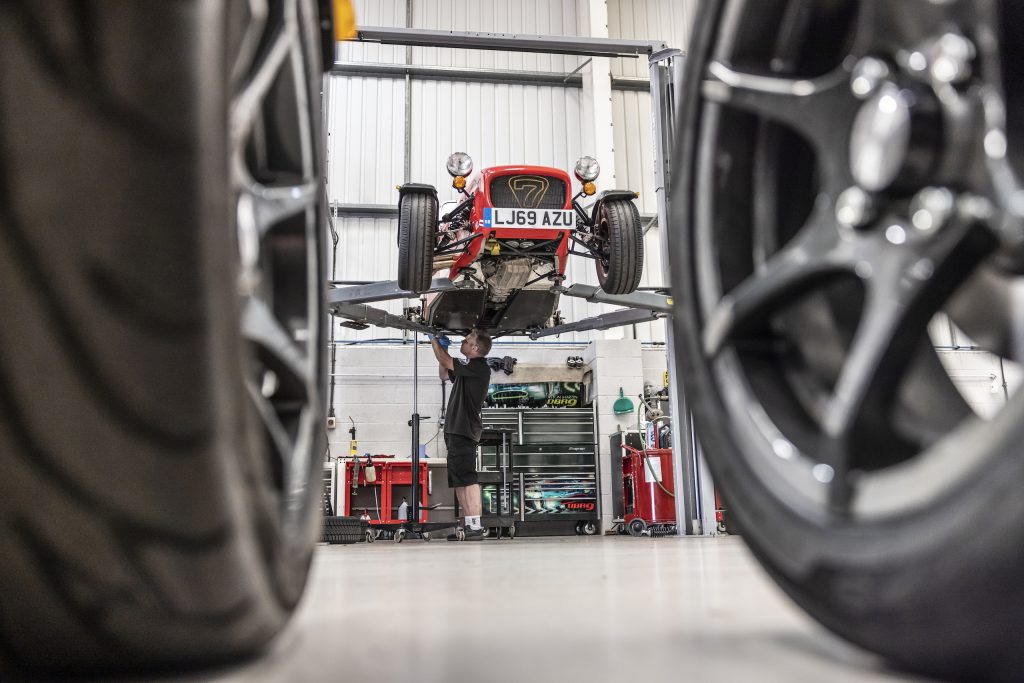
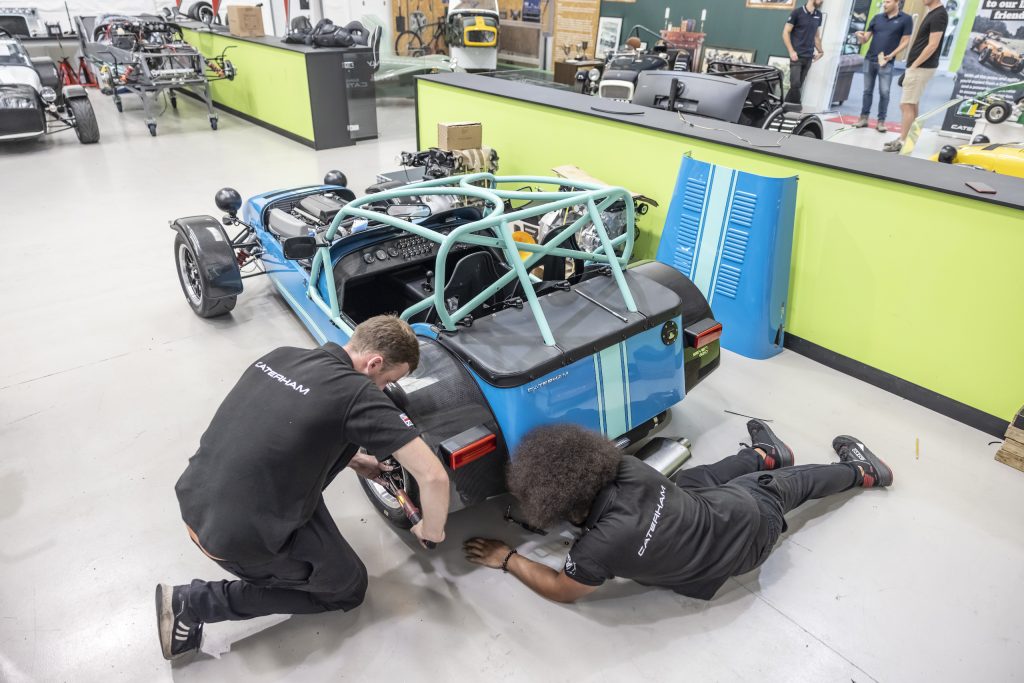
Meanwhile, the cars and kits keep selling “500 a year, religiously. It doesn’t matter if there’s a recession on, a war on, we always seem to build 500 cars a year,” says David Ridley, Caterham’s chief commercial officer. He told me the company is trying to squeeze out another 100 cars to pare down an “infuriating” 12-month order backlog.
The UK takes 40 per cent, with the rest heading to Japan, France, and the US as the company’s biggest export markets, plus a host of other countries. Coming soon is a dedicated US model because of a 2015 federal law allowing builders of low-volume replicas – the Caterham certainly qualifies – to sell 325 units a year exempt from safety regs. “We’re barely scratching the surface in America,” says Ridley.
Nearn’s family sold the business in 2005, leading to a high-flying era in which tiny Caterham fielded an F1 team for three seasons (best finish: 10th) and produced a sports prototype for a one-make racing series. Money vanished faster than it was coming in, and in 2021 the beleaguered company was sold again to its Japanese distributor, VT Holdings, a multibillion-dollar international car dealership group.
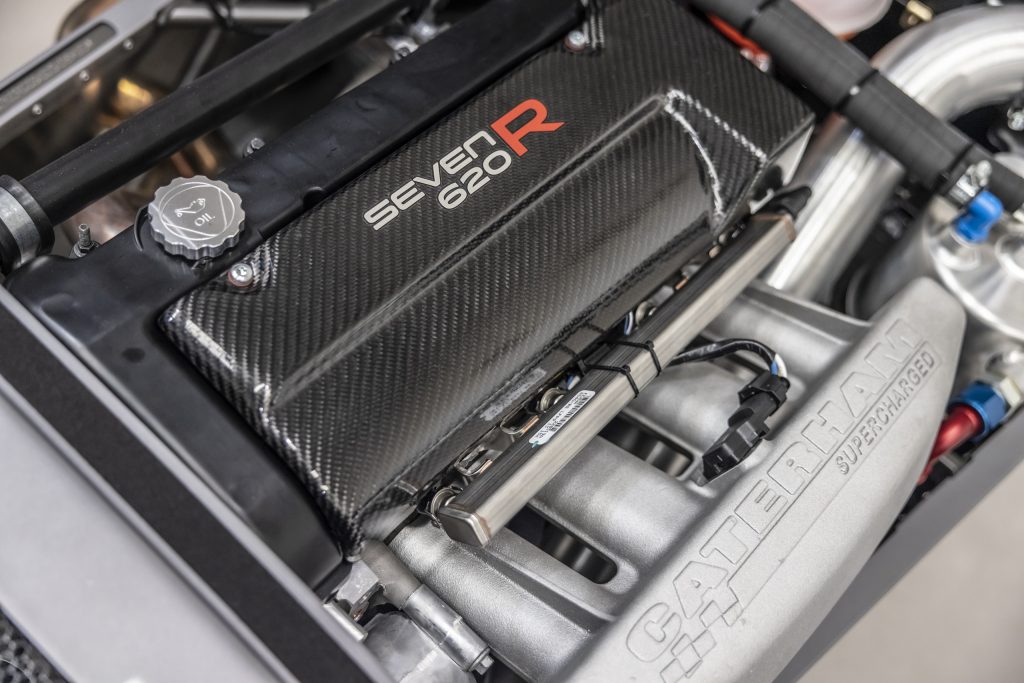
Besides financial security, the deal produced the 84bhp Caterham 170, which at VT’s behest substituted the 2.0-litre Ford Duratec unit of the company’s more powerful 360, 420, and 620 models (and their many variants) with a turbocharged Suzuki 660cc three-banger from Japan’s domestic mini-car market.
Originally intended solely for Japan, the lightest Caterham at 440kg is also the cheapest, with a starting price of £28,990, and it has become wildly popular elsewhere. On a short spin on the roads around Gatwick, it proved the closest Caterham comes today to replicating the original Seven, with gossamer-light controls hitched to narrow tyres and acceleration that is breezy if not exactly face-puddling.
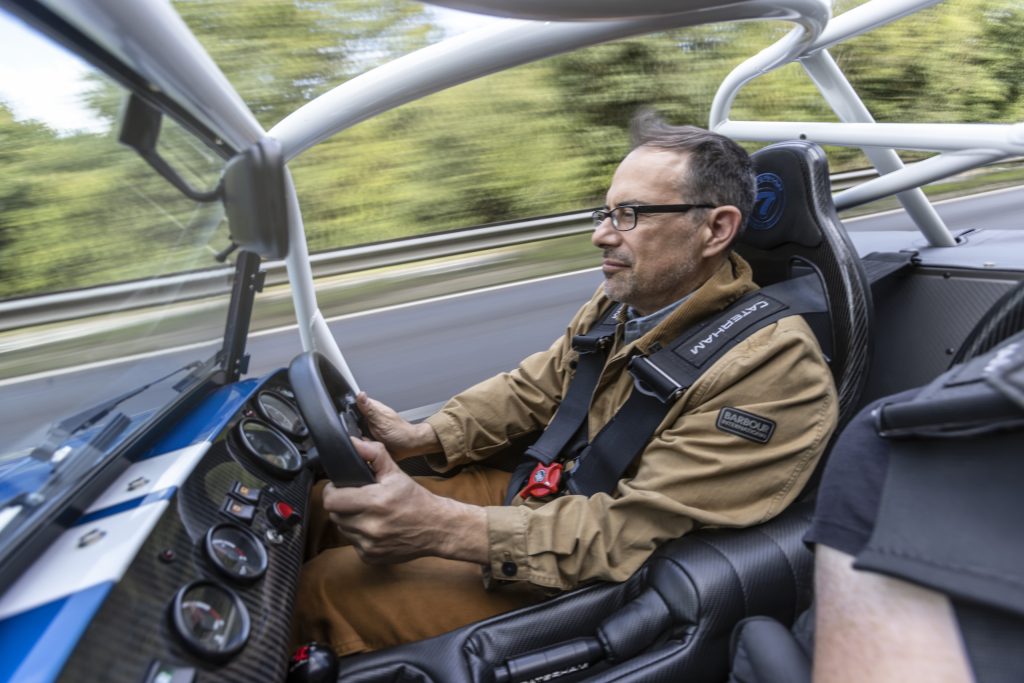
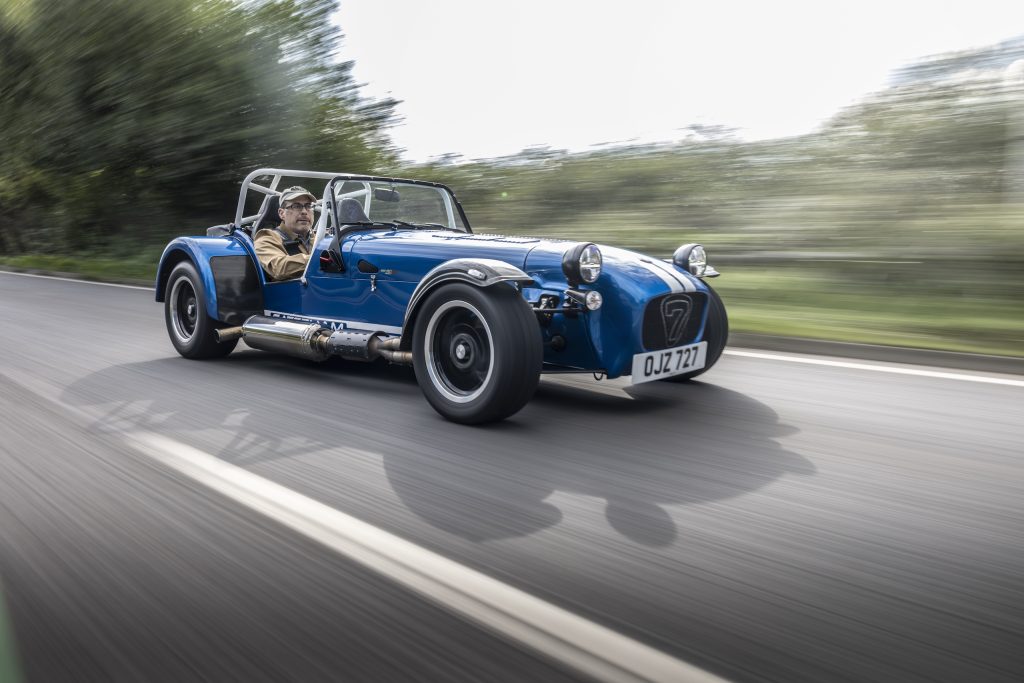
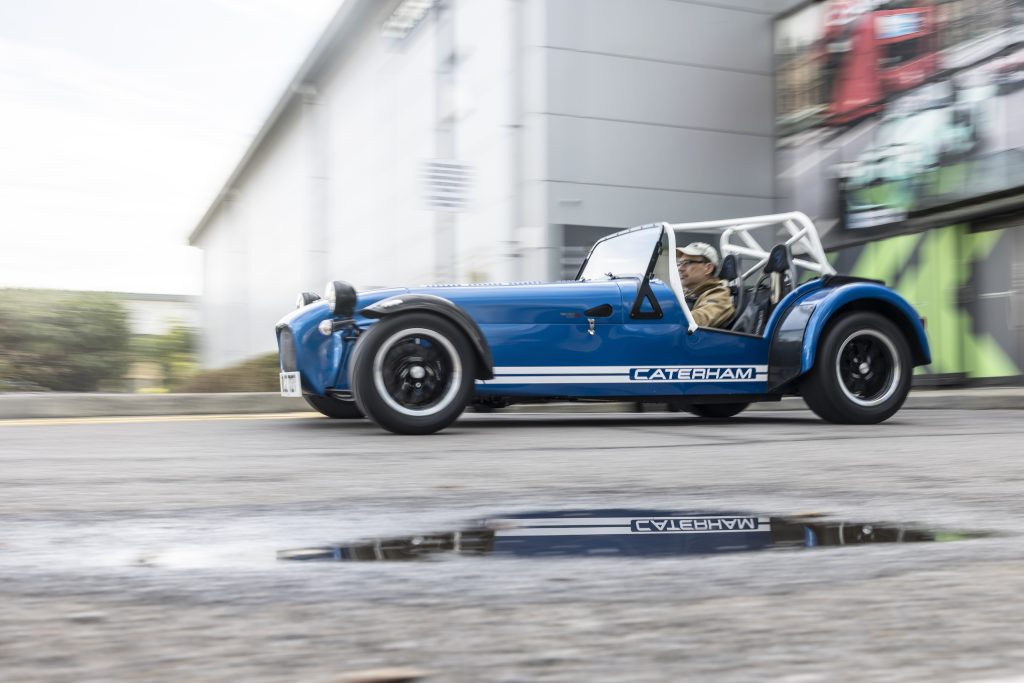
As with the other specialist car makers, including Ariel, Morgan and Radical, Caterham will have to be agile to avoid walls that are closing in. The number of petrol engine and manual transmission combos available from a global industry headed in the exact opposite direction is shrinking yearly. Two-pedal Caterhams might be anathema to a company that trades on a full-immersion interactive experience, but “if I had mentioned an electric Caterham two or three years ago, I would have been strung up as a witch. Now there’s a growing acceptance and interest in it,” Ridley says.
However, until you can drive one to the track, blast around, charge up, and drive home, there won’t be an electric Caterham, he said. “We’re waiting for it to be the right time for us. It’s a tough world and it’s only getting harder, but we’re fighting the good fight, and I see no reason to believe we won’t be here in 10 years.”
Via Hagerty US.
Check out the Hagerty Media homepage for daily news, features, interviews and buying guides, or better still, bookmark it.






















These are one of the cars I wish I could own. My dad talks about how one of his friends had one back in the mid-60’s. He said it was a great, fun driver that lacked creature comforts. The Japanese Kei version sounds pretty well ideal, with nimble road manners and enough power to get the job done. I may be in a minority, but the notion of having to buy something like this in electric form is anthemic to me. Electric cars can be useful and fun to drive, but they’re being pitched as the answer to all of our problems, and I can’t understand the sheep-like obeisance to that particular mind cult.
Bought a kit as a retirement project built it then did nearly 50000 miles in it over the next 10 years. Toured many countries in Europe doing track days and group activities. Icing on the cake was shipping 42 to the USA for a 3000 mile trip from Houston to San Francisco including 2 drive thru weddings in Vegas. Met loads of wonderful Caterham enthusiasts all over the place they are just such good fun to drive and own. Get one if you can and enjoy it while you are still able to😀😀